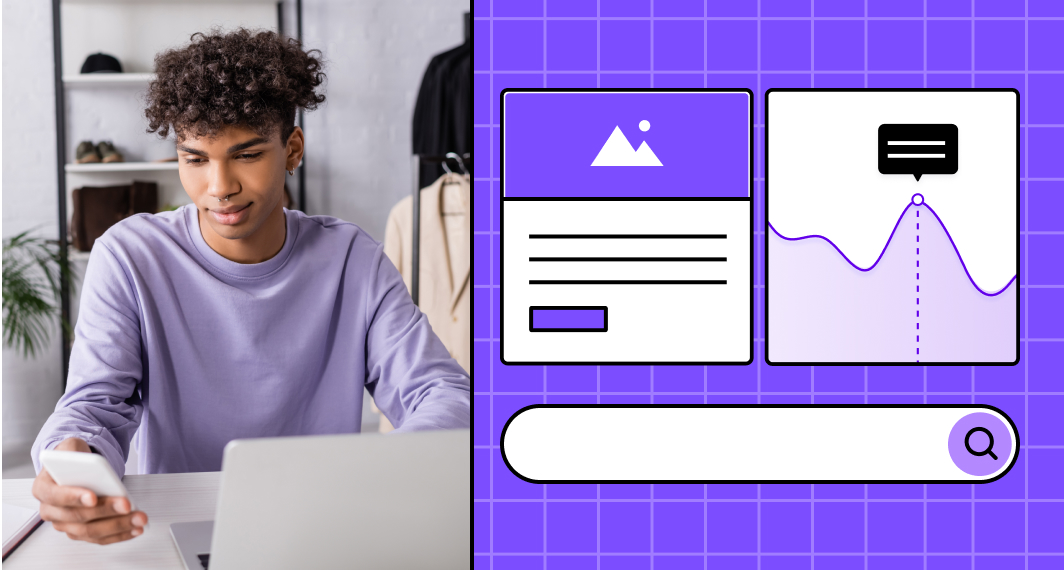What is an app prototype?
A mobile app prototype is a visual model of your app, allowing you to see how screens flow together and simulate how users will interact with your app. Although they have interactive and clickable elements, app prototypes don't contain working code.
Prototyping is typically the final stage of app design, after you produce wireframes and app mockups.
Advantages of creating app prototypes
Other than transforming core ideas into interactive representations, prototyping helps to streamline the app development process. It does this by:
1 - Reducing development costs
During the development phase, mobile app prototyping helps you identify issues early, reducing the costs associated with fixing problems later in development.
2 - Speeding up development cycles
Prototypes streamline development cycles by providing clear blueprints to developers. This reduces the chances of them creating apps that require lengthy amends and fail to meet customer expectations.
3 - Validating of concepts
Prototypes let you validate app concepts before committing fully, mitigating risks of investing in ideas that might not resonate with potential users.
4 - Enabling collaboration
Collaborative prototyping tools enable you, your design team, developers and stakeholders to work together and create apps that meet everyone's needs.
How can you create a mobile app prototype?
To transform your app idea into an interactive visual design, you should follow these steps:
1 - Define goals and requirements
Start by clearly outlining what you want to achieve with your app prototype. It's important to identify the must-have features and functionalities you want to showcase as well as considering the needs of your target audience.
2 - Conceptualise app design
This step involves creating a blueprint for your app's structure and its core functionality. Take time to brainstorm and sketch out the basic layout of your app's screens. Don’t forget to focus on where buttons, basic elements, design elements and content will be placed during your brainstorming phase.
3 - Choose a prototyping tool
Once you have created a blueprint, you need to choose a prototyping tool that enables you to build interactive and clickable prototypes. There are various options available, from simple tools like Balsamiq and Sketch to more advanced ones like Adobe XD or Figma.
4 - Create an interactive prototype
The next step is to use your chosen tool to build an interactive prototype based on your wireframes. Link the different screens together to simulate how your real users navigate your app and don’t forget to add buttons and interactions that mimic the final app's functionality.
5 - Conduct user testing
In the final step of app prototyping, you need to conduct usability testing on your prototype. Try inviting real users and stakeholders to interact with your prototype. Here your focus should be on gathering their feedback and then making necessary changes to enhance overall usability.
Alternatively, we can take care of all of this for you. If that sounds good, check out Builder Now👈
Get a free app prototype now!
Bring your software to life in under 10 mins. Zero commitments.


 Facebook
Facebook X
X LinkedIn
LinkedIn YouTube
YouTube Instagram
Instagram RSS
RSS


